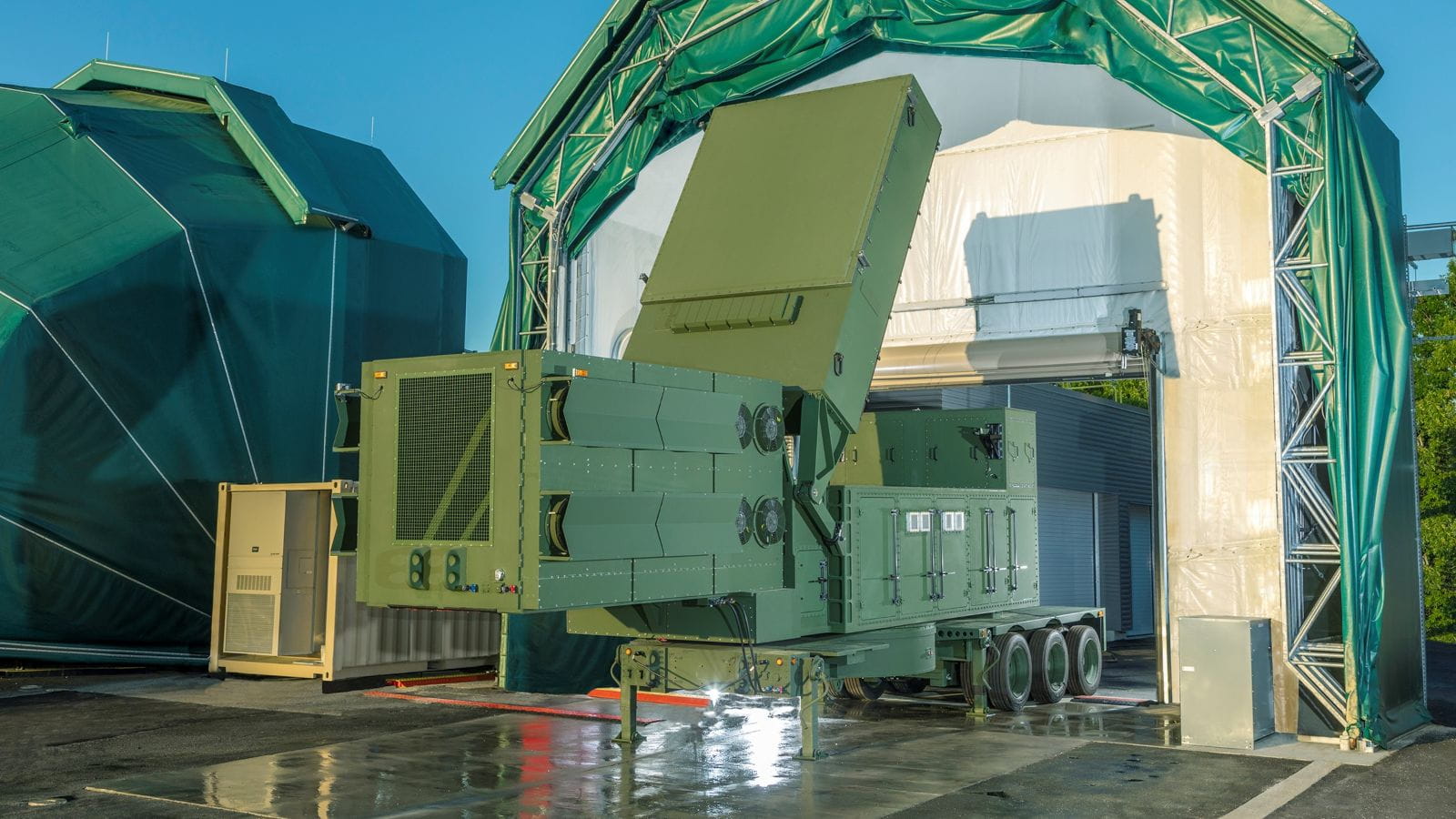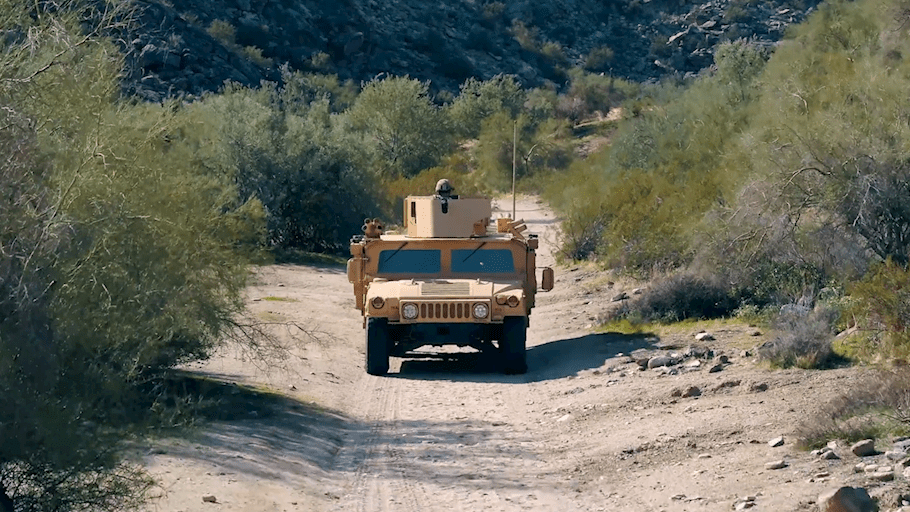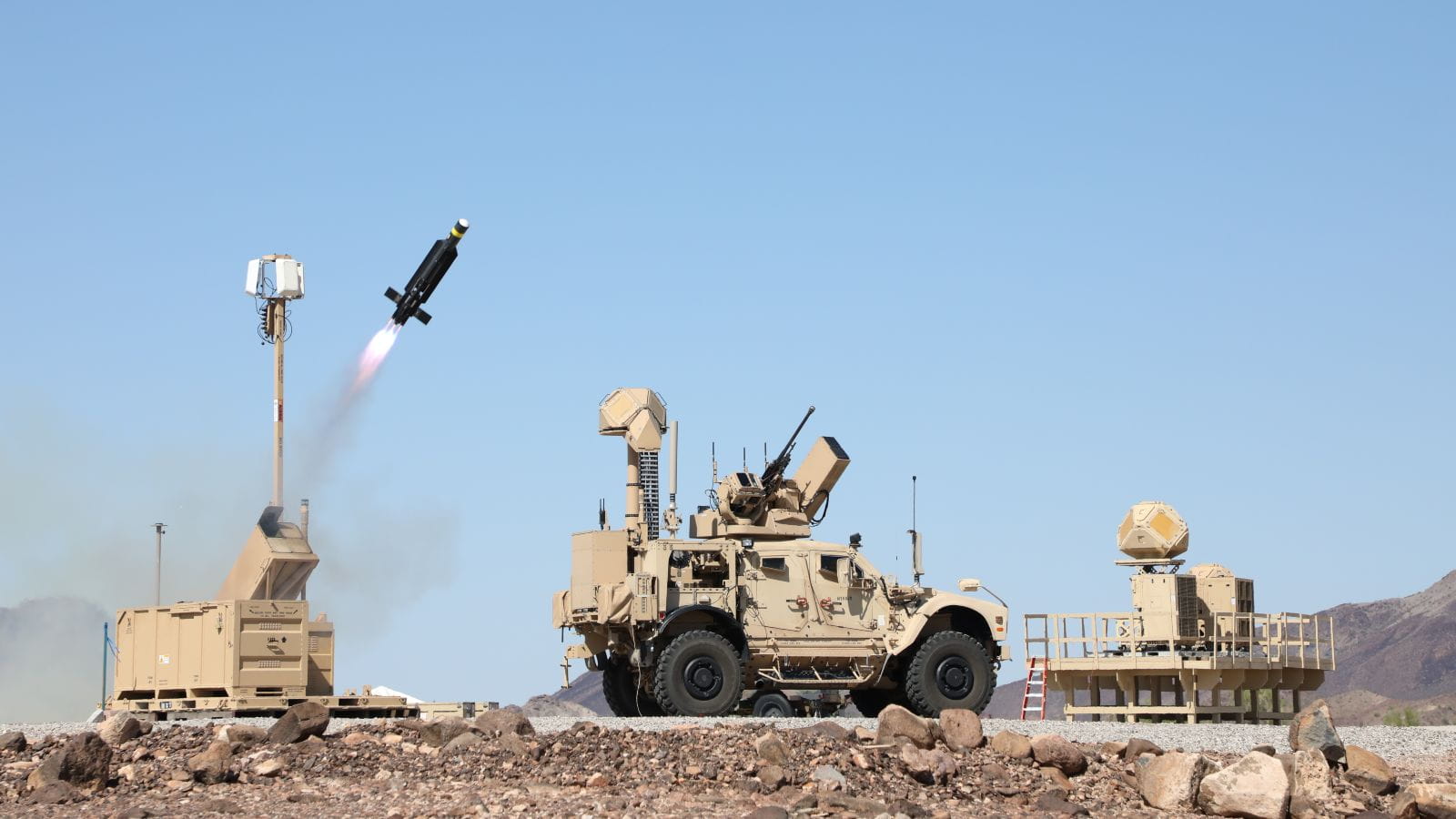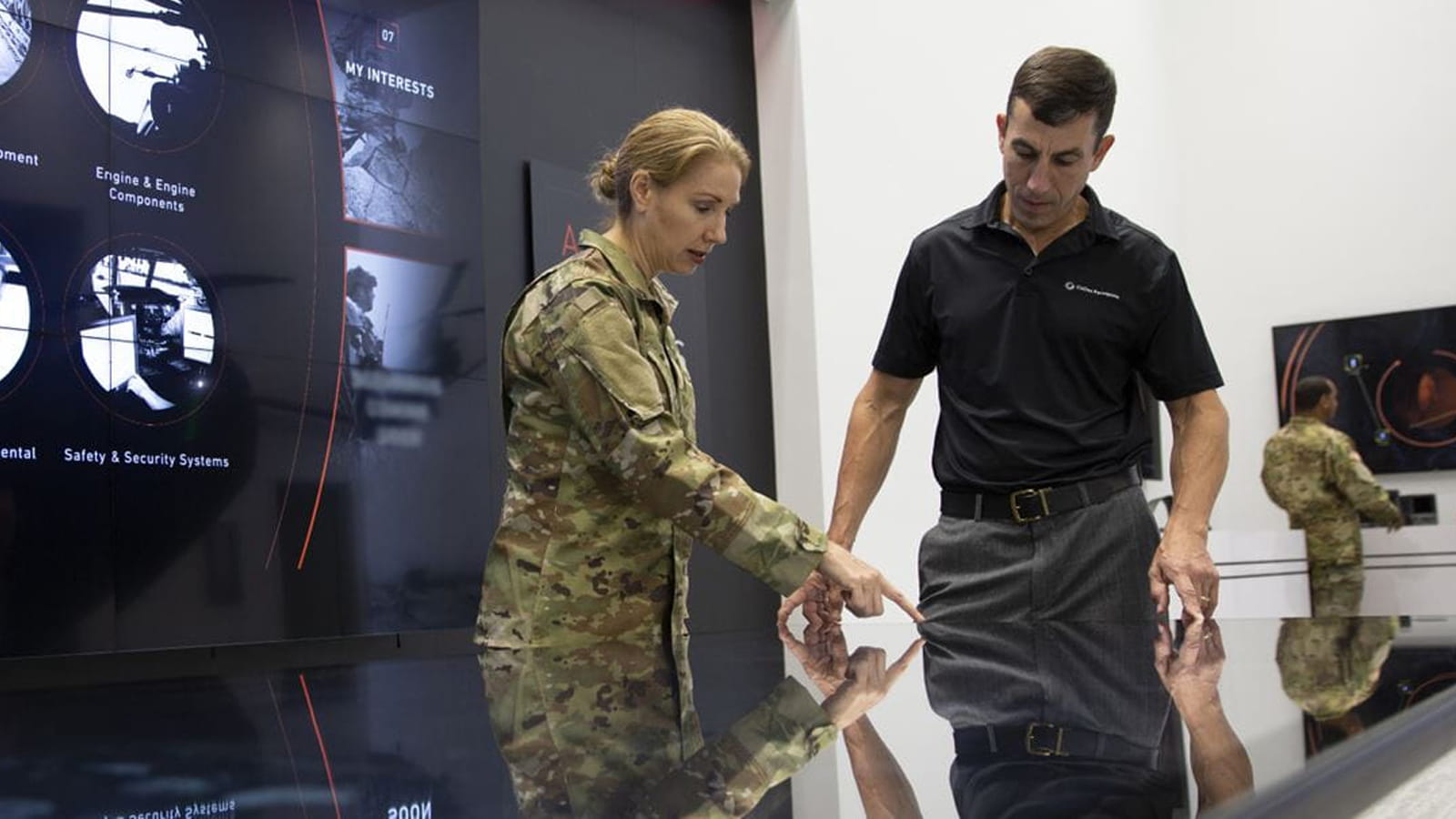
400
targets downed with High Energy Laser
Meeting the U.S. Army’s imperative for overmatch – an overwhelming advantage over adversaries – takes a broad set of advanced technologies. RTX delivers them.
At this year’s AUSA Annual Meeting & Exposition, representatives from the company will showcase the systems that are transforming the modern battlespace. It’s all part of the work RTX’s three businesses – Collins Aerospace, Pratt & Whitney and Raytheon – do every day to answer the biggest questions and solve the hardest problems in aerospace and defense.
RTX is providing the U.S. Army with technologies in areas including directed energy, networking, missile defense and modernization. Here are some examples:

targets downed with High Energy Laser

LTAMDS radars advancing through testing; more than 12 countries showing interest in the system
of networks connected into one global network
years pioneering avionics open systems architecture

The new radar proves its mettle against drones, cruise missiles and ballistic missiles.

Data collected in one military domain is often useful in another. Our sensors and networks can connect those domains securely, delivering the intelligence that helps make the right decision at the right time.

The KuRFS radar and Coyote effector work together to detect and defeat unmanned aerial vehicles.

The U.S. Army requires nothing less than the most advanced technological solutions for Future Vertical Lift – the largest rotorcraft development program in the last 50 years.
As threats evolve, so do RTX’s solutions. We develop new technologies and modernize existing ones so the U.S. and its allies can outmaneuver, outthink and overpower adversaries.